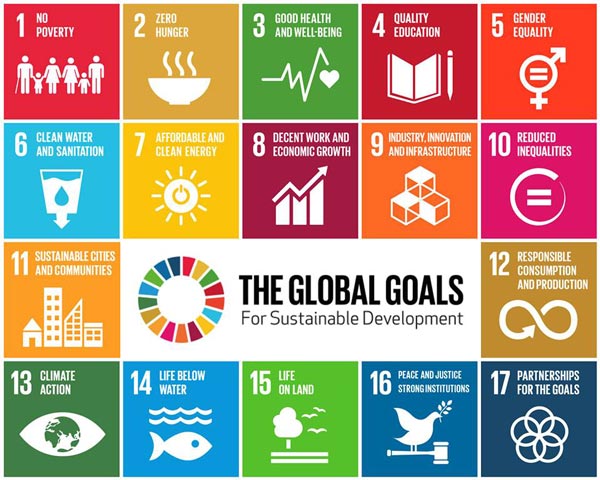Over recent years we have seen a convergence in the look and feel of the most popular international standards for Quality [ISO 9001], Environment [ISO14001] and Occupational Health & Safety [ISO 45001].
This has enabled many organizations to establish Integrated Management Systems [IMSs]covering the whole QHSE spectrum and to depart from the segmented approach employed in earlier times. Being able to incorporate the Q, H & S and E components into a single vehicle provides a much more holistic way of managing risks as there is often a cross-over between them.
Management systems, international standards and the increasing volume of global trade all emerged in the post-World War Two period. With a few hiccups along the way such as the Oil Crisis in the 1970s and the banking debacle in 2008, trade between nations has grown dramatically.
Organizations such as the UN were established to foster greater international understanding and cooperation with the added aim of preventing future conflict and chaos. Countries wanted to rebuild and engage in international trade but there were barriers to the exchangeability of goods. This was primarily due to a lack of standardization in specifications. How could a buyer in country A be sure of the quality and specs of a product a seller in country B was offering? How could they be assured of its integrity?
Despite this, nascent globalization and the increase in tradeable, standard products had already taken off – the period between 1950-73 saw an 8% per annum increase in merchandized exports.
In tandem with the explosion of trade, a need arose to verify the exchangeability of goods and in 1946, the International Organization for Standardization was inaugurated.
ISO produced the first internal standard in 1951 and has since introduced over 23,000 standards prefixed by ISO which is derived from the Greek isos meaning equal. This has all happened in 3 – 4 generations. General standards such as ISO 9001 for Quality and specialized standards pertinent to specific industries such as ISO/TS 16949 for the Automotive sector have become recognized as indicators of assurance. https://www.iso.org/home.html
However, with the development of concepts like Corporate Social Responsibility, Sustainability and ESG [Environment, Social and Governance], some are asking whether further consolidation might not be the logical way to continue.
Could we work towards a truly rounded view of how organizations and individuals can demonstrate responsibility for the impact of their activities on a range of factors from sustainable procurement practices for manufacturers/producers in the developing world, to monitoring and reporting emissions, to female representation in senior management.
The momentum is there as we become more conscious of the effect of human activities on the environment we live in and the legacy we will leave behind for future generations.
Some have already begun the journey in seeking tangible activities to manifest responsibility for their actions. At the governmental level, ‘Agenda 2030’ was established by the UN in 2015. It is an ambitious plan adopted by all 193 member states of the United Nations to end extreme poverty, fight inequality and injustice and protect our planet. These notions are supported by 17 Sustainable development Goals [SDGs].

https://www.unglobalcompact.org/what-is-gc/our-work/environment/climate
At a commercial level, the UN have the Climate Compact initiative which aims to foster the engagement of business with climate change.
“The case for action is clear – climate change has begun to impact all regions of the world and sectors of society, threatening global development and undermining the foundation of the global economy. Yet addressing the climate challenge also is opening up new opportunities for societies to grow and prosper”.
Companies signed up have committed at minimum to:
- Setting greenhouse gas emissions reduction targets
- Working collaboratively with other companies and governments
- Publicly reporting performance annually
In a recent interview, Sir David Attenborough, the renowned naturalist and broadcaster was asked what changes we could make to our own lives.
"Don't waste, don't waste anything, don't waste electricity, don't waste food, don't waste power. Just treat the natural world as though it's precious, which it is, and don't squander those bits of it that we have control of”.
"Since I made the very first television programme, there are three times as many people on the planet as there were then and we have overrun it and now we're realising what appalling damage that we've done”. Sir David is only 94.
"Every breath of air we take, every mouthful of food we eat, comes from the natural world ultimately and if we damage it, we damage ourselves”.
https://www.bbc.co.uk/programmes/p08sq5w2

In the same way, many elements of Japanese manufacturing such as the Toyota Production System had done this earlier, focusing on the elimination of muda [wastefulness] as critical to success. Less rework, reduced cost, fewer defects, better quality, less waste, happier customers.
If we extend these activities to fewer emissions/lower power consumption as a result of less re-work, enhancement of customer satisfaction through zero defects/better quality and an ethically focused supply line, then we can demonstrate much broader responsibility for the impact of our actions.
There now appear to be added advantages in being able to demonstrate everything from financial good governance and transparency to emissions reporting to policies on non-use of child labour in the procurement chain. All these areas and many more come down to the management of reputational risk.
As we know, it takes years and even decades to build a good reputation, but it only takes potentially minutes to destroy it. Protection of your reputation is critical to managing risk.
All stakeholders from society at large, to climate change activists, to shareholders are asking more and more questions about the ethical stance of organizations regarding an ever-growing number of ESG issues they are concerned about.
If companies can provide informed answers to these questions, they will surely enhance their reputations.
To ascertain this, we would need to look at what motivation an organization has for investing in compliance in one form or another though all will be connected to protection from reputational, environmental and financial risks such as access to capital.
Where motivation is extrinsic, the impetus comes from outside the organization. This is where we comply because it is a statutory or regulatory requirement or we need certification to a certain standard as without it, we cannot be placed on client approved vendor lists.
Conversely, intrinsically motivated organizations will seek a differentiator of some kind to set them apart from their competitors. They comply not because the law says so or a client requests it, but instead desire to demonstrate they are independently conscious of those aspects of ESG impacted by their activities.
The identification, rating and mitigation of ESG risk is interwoven with success and prosperity. Ignore these risks at your peril.
Please contact me at

